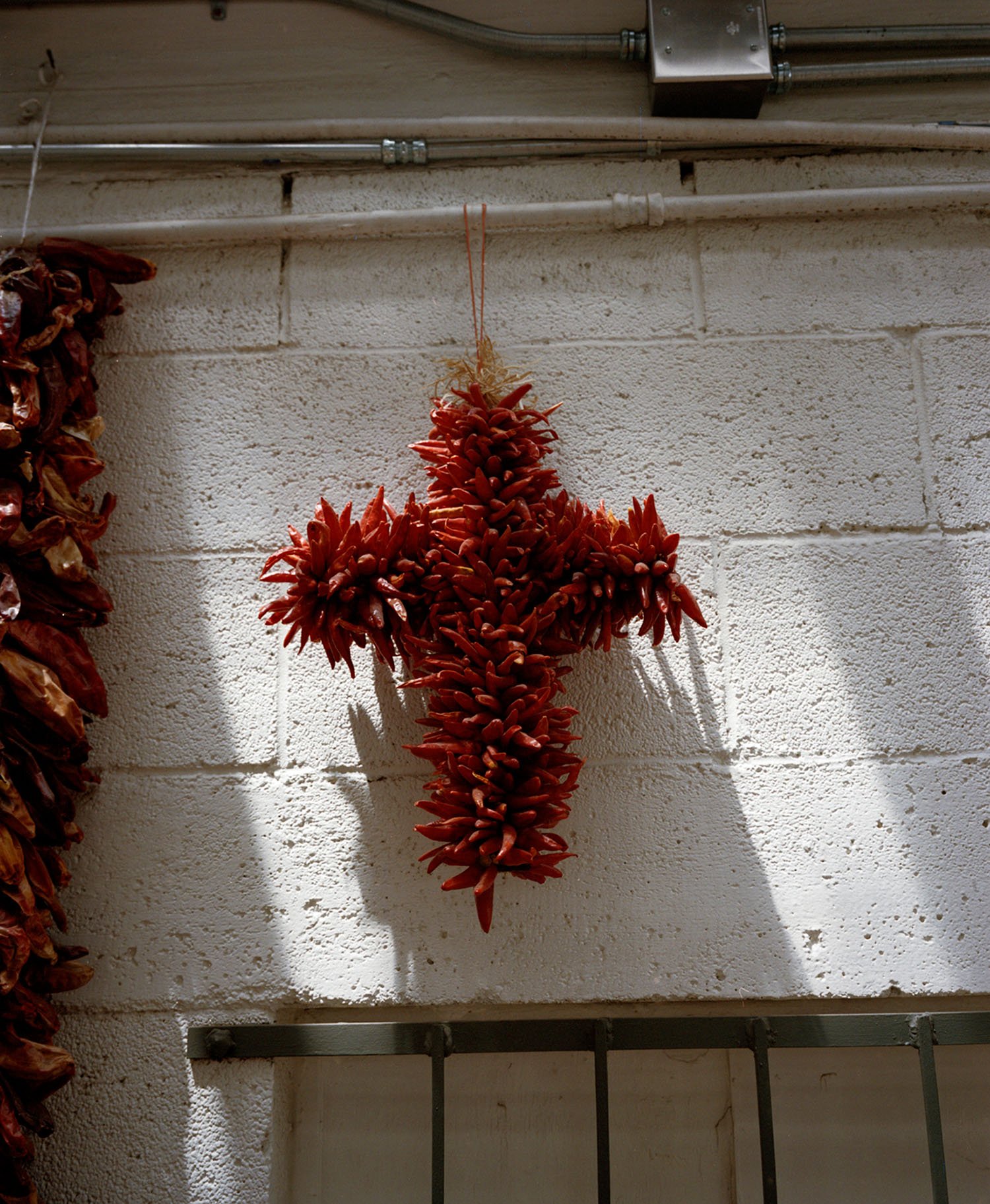When Flies Sit Still
Morganne Boulden is a photographer from Brooklyn. She recently graduated with a BFA from Parsons and currently works on personal and commercial projects. In her personal work, Morganne focuses on the theme of road trips across America in which she features her close friends and relatives. Situational photography keeps the distance from the subjects while allowing the viewer to learn about the life of the other and witness the story unfolding. By keeping a safe distance from the characters, the photographer enables a viewer to become a part of the situation and perceive the frame through her eyes.
With the project When Flies Sit Still, which started in 2020, Morganne attempts to heal the childhood trauma of constantly moving and being on the road by creating a new and different type of experience as an adult. Morganne explains, “I'm aiming to reconcile with my past by using photography to explain what it was like having a home environment be sporadic with love and anger and the uncertainty of your well-being at a young age.” Being an outsider to the narrative unfolding is one of the main topics which connects to the theme of the other in a bigger community, the queer culture as a part of the larger group. Morganne works to create deeper connections with her subjects and to build a safe space for them to act freely, not noticing the photographer. The colors she carefully chooses for her work create a feeling of a dream world, one that is friendly and inviting but also complex with deeper undertones.
‘My project began with road trips. My upbringing was a combination of constant road trips with my mother, whom I am now estranged from, and continuously moving homes.’
The current title for this body of work is When Flies Sit Still. It's derived from a Pennsylvania Dutch phrase used to signal to other PA Dutch folk that you can speak their language (which is a dying one). The metaphorical phrase, "Kannst du Micka fange?" and its response, "Ja, wann sie hucke bliebe," roughly translates to: "Can you catch flies?" "Yes, if they sit still."
I decided to call this project When Flies Sit Still because of my own Pennsylvania roots, as well as because it reminded me of queer phrases used to signal. It specifically reminds me of "Are you a friend of Dorothy?"
My project began with road trips. My upbringing was a combination of constant road trips with my mother, whom I am now estranged from, and continuously moving homes. I thought pursuing a road trip again in my adult life would help me heal from that trauma, especially since driving had been my creature comfort throughout all the tumult in my life.
‘While on the road, I began photographing my closest friends and their families, most of whom were situated in the rural Midwest and South. The kindredness I experienced while with these communities rendered me hyper-aware of the heaviness of my own upbringing.’
I started this project in 2020. While on the road, I began photographing my closest friends and their families, most of whom were situated in the rural Midwest and South. The kindredness I experienced while with these communities rendered me hyper-aware of the heaviness of my own upbringing. Being brought into these spaces and accepted as a part of the family felt temporarily relieving the burden of my trauma. The images I made while in these spaces act as a glimpse into my healing process through this newfound chosen family. I'm aiming to reconcile with my past by using photography to explain what it was like having a home environment be sporadic with love and anger and the uncertainty of your well-being at a young age.
‘At first, I was anxious about photographing inside family homes. Most of those who I was around had never seen a film camera before, let alone the oft-intimidating RB67.’
At first, I was anxious about photographing inside family homes. Most of those who I was around had never seen a film camera before, let alone the oft-intimidating RB67. The camera acted as a bridge for this type of connectivity; they were interested in my camera, and I in them. I aim to evoke an intimacy that is genuinely authentic or, contrastingly, uncertain. Delicate moments paired with shocking or strange imagery speaks to the beauty amongst the chaos of childhood. Featuring children existing in unconventional or taboo settings underscores the uniquely intense nature of my experience. I also keep the color palette intentional by combining vibrant colors with darker undertones, maintaining an ambivalent atmosphere. The end product is a sort of fantasy world: one that exists in my photos but not in real life.
‘Most of the people in my photos are either queer or considered unconventional for their environment. My own experience within subcultures/alternative communities growing up plays a large part in my fascination.’
Having an interpersonal relationship with all my subjects is an important part of the process. Most of the people I’m shooting are my closest friends and their extended communities, so respecting their presence is essential. I believe that type of trust and understanding leads to a collaborative outcome, allowing the subjects to exist freely as themselves in the portraits. This collaboration also lends itself to the essence of my photos — a sense of kinship.
Most of the people in my photos are either queer or considered unconventional for their environment. My own experience within subcultures/alternative communities growing up plays a large part in my fascination. I see parts of myself in a lot of my subjects, adding to the connectivity between us. This sort of 'outsiderness' is what I’m most drawn to because I relate to it so deeply. Things considered taboo or people who seem unorthodox are comforting to me.











